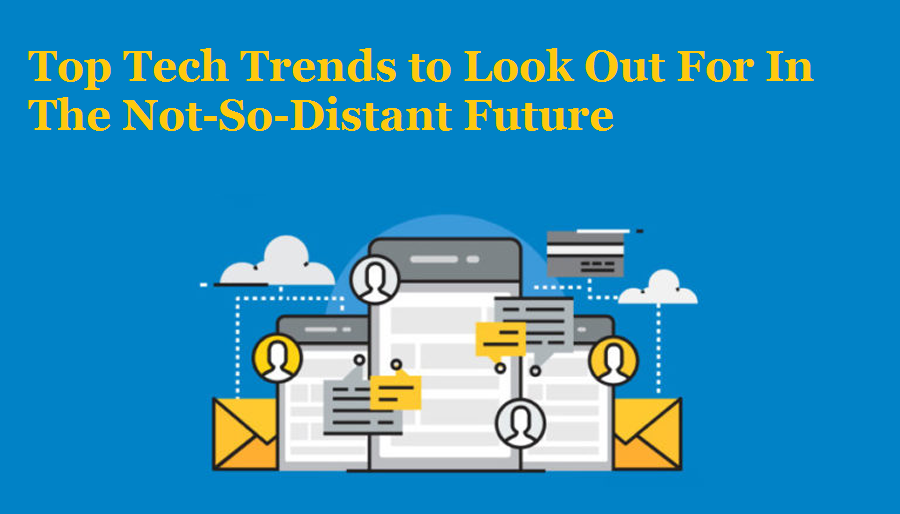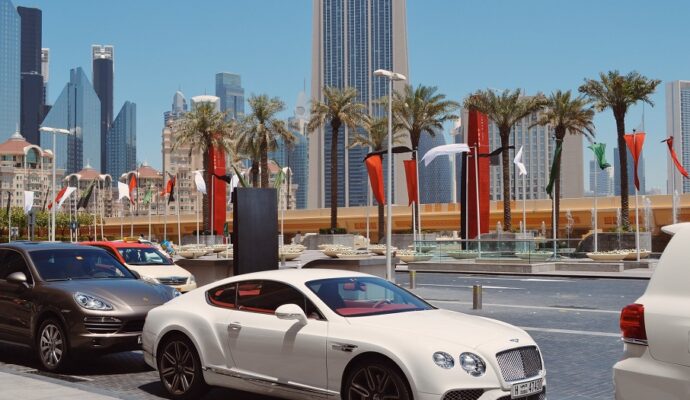According to Statista, global spending on digital transformation would increase by 20% yearly to $1.8 trillion next year. Market disruptions caused by Covid and the broad adoption of hybrid work arrangements have hastened the process. According to industry analysts, many organizations are leaning toward developing in-house solutions to lessen their reliance on third-party service providers and ensure they are less affected in the event of future supply chain interruptions.
As they continue to reinvent the future of work, modern companies like GammaStack are focusing on making their infrastructure bulletproof and accommodating increasingly complex hybrid work for employees. Here’s a rundown of some of the most recent tech trends that are predicted to take off in the not-too-distant future.
Artificial intelligence that is generated
Generative AI is one of the most powerful artificial intelligence algorithms currently available. It entails a set of machine learning technologies that use data to learn about content or objects and then use that knowledge to create completely new and more realistic products.

A technology research and consulting firm located in Connecticut predicts that generative AI will account for approximately 10% of all data produced by 2025, up from less than 1% currently. This technique can be used for a variety of tasks, including the creation of software code, the discovery of novel drugs, and targeted marketing. Industry observers, on the other hand, warned that it may be used for scams, disseminating political disinformation, and generating false identities.
The mainstreaming of digital finance
Cryptocurrencies and central bank-backed digital currencies (CBDCs) are examples of digital finance technologies that will promote financial inclusion and cross-border payments. The International Monetary Fund announced in October that it was looking at the risks and opportunities that digital currencies present.
As interest in cryptocurrencies and other online payment methods grows, central banks around the world are increasingly evaluating the potential of digital currencies. According to research, the number of countries building CBDCs has risen considerably as consumers turned to digital payments during the coronavirus pandemic.
Systems that operate independently
Traditional programming and basic automation will not be able to keep up with the pace of change in the commercial world. Self-managing physical or software systems that learn from their surroundings are referred to as autonomous systems. Autonomic systems, unlike automated or even autonomous systems, may adjust their own algorithms without requiring an external software update, allowing them to quickly adapt to changing conditions in the field, just like people.
Autonomous behavior has already been demonstrated in complex security situations, but it will become more frequent in physical systems such as robots, drones, manufacturing machines, and smart spaces in the long run.
Interoperability of EV charging networks
Electric vehicles are rapidly gaining popularity as a result of government incentives and subsidies. However, charging remains a challenge because public EV charging networks typically lack interoperability, requiring multiple access methods, payment kinds, and accounts. Tesla, the world’s largest electric vehicle manufacturer, has already begun to open its supercharger network, and other significant charging networks are anticipated to follow suit as the technology becomes more ubiquitous.
End customers will benefit greatly since they will have access to a stronger, more comprehensive charging network, making EV ownership more feasible. Interoperability will be enabled via more EV charging networks, and effort will be done to build common access and payment methods. Vehicle makers will provide aggregator apps that make charging more convenient.
Computing at the quantum level
Quantum computers promise a significant increase in computing speed and capability. It is predicted to make significant progress in a variety of fields, including pharmaceutical development, nuclear energy, materials science, renewable energy, climate change mitigation, sustainable agriculture, and others.
The world’s four largest economies the United States, Russia, China, and Japan – are vying for dominance in the industry, as are tech giants IBM, Alibaba, Google, and Microsoft. Companies like Visa, JP Morgan, and Volkswagen are all experimenting with quantum technology in their early stages. Google announced in May that it plans to construct a commercial-grade quantum computer by 2029 that can execute complicated calculations error-free in fractions of a second.
Growth fueled by smart connectivity
Industry analysts believe that faster digital connectivity enabled by 5G and the Internet of Things would uncover untapped potential and contribute to the global economy. According to McKinsey, ensuring speedier connections in areas like mobility, healthcare, industry, and retail could boost global GDP by $1.2 trillion to $2 trillion by 2030.
Mesh of cyber security

A cyber security mesh is a system that secures each device individually with its own perimeter. Most standard security approaches secure a whole IT system with a single perimeter, while a cyber security mesh takes a more comprehensive and all-encompassing approach.
Since assets and users can now be located anywhere, the old security perimeter has vanished… This necessitates the creation of a cyber security mesh architecture. organizations that use a cyber security mesh to integrate security products and function as a cooperative ecosystem would minimize the financial effect of individual security events by 90% by 2024.
To become more resilient, supply networks must employ cutting-edge technology
Covid-induced interruptions and cyber assaults have highlighted the importance of having a resilient supply chain network. Supply-chain cyber security might become a problem for all businesses, not just those that deal directly with software.
Cyber security reform for the software supply chain is being driven by legislative pressure, primarily from the United States… Following multiple high-profile data breaches in 2021, increased availability of AI, blockchain, and other digital technologies will be exploited for enhanced security,” it stated.
Cloud computing
As a result of the epidemic and the growth in digital services, the cloud is becoming the focal point of new digital experiences. In 2022, global cloud sales will hit $474 billion, up from $408 billion this year.

There is no company strategy without a cloud strategy. New digital experiences have been enabled by clouds, such as mobile payment systems in which banks have invested in start-ups, energy companies using the cloud to improve their customers’ retail experiences, and vehicle manufacturers releasing new customization services for customer safety and infotainment.





More Stories
The Rise to Million-Pound Success: JB Extension’s Journey on TikTok Live!
Printed Circuit Board Common Problems?
Top 8 Reasons You Need to Use Executive Search Software